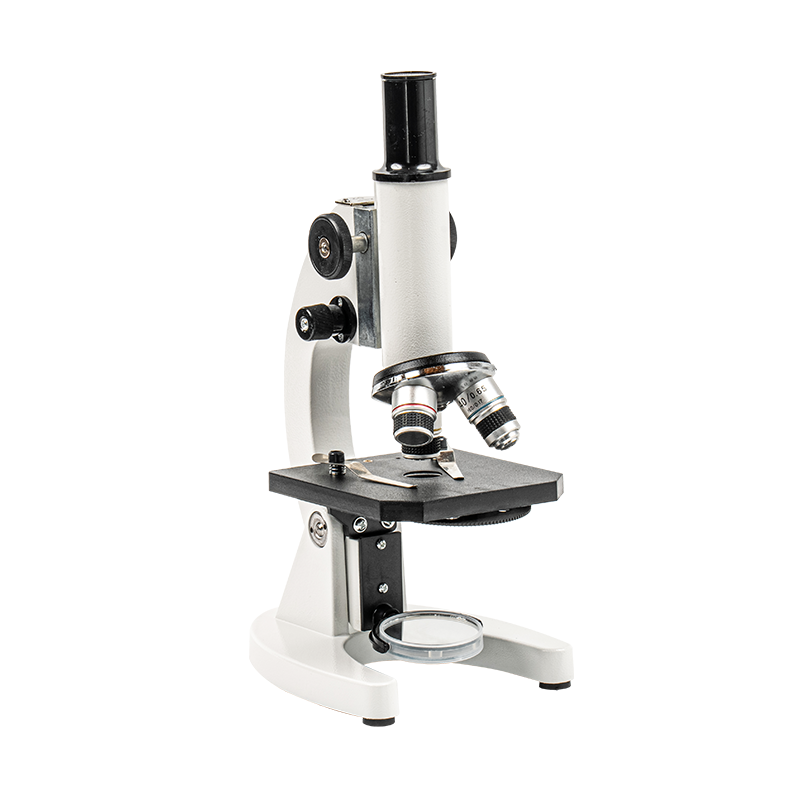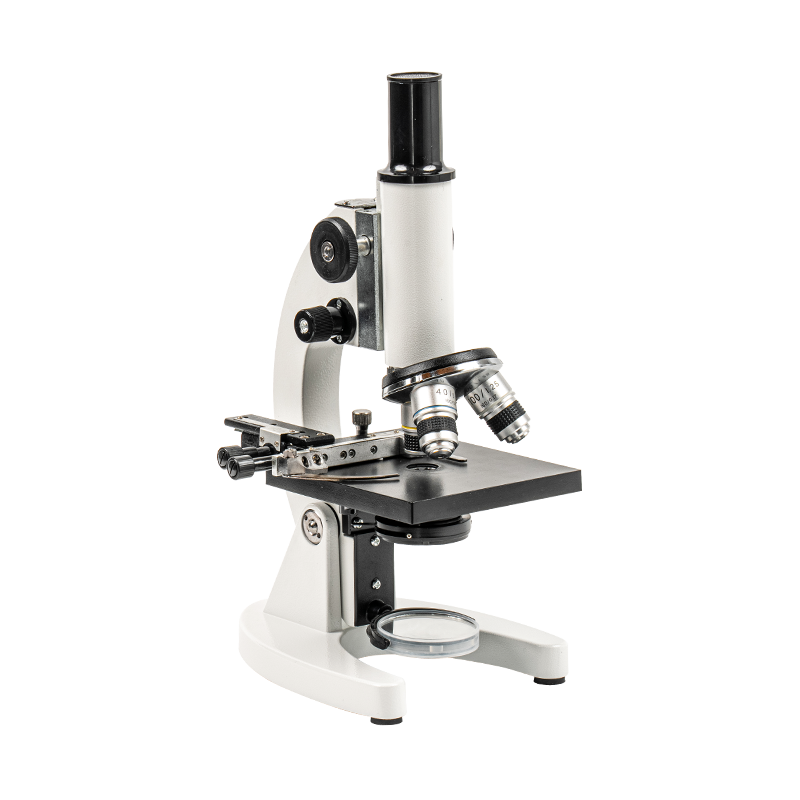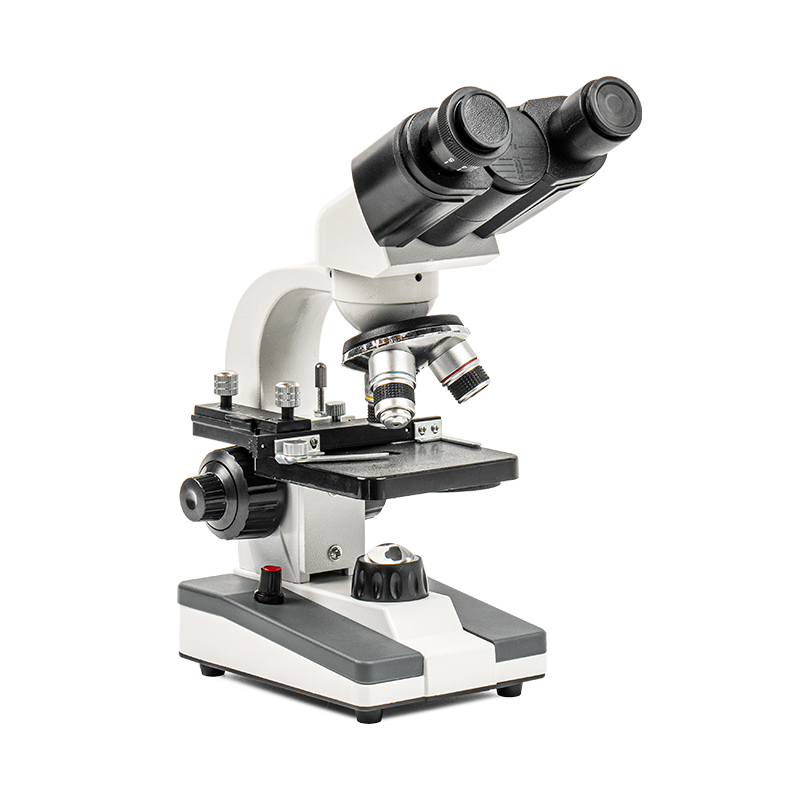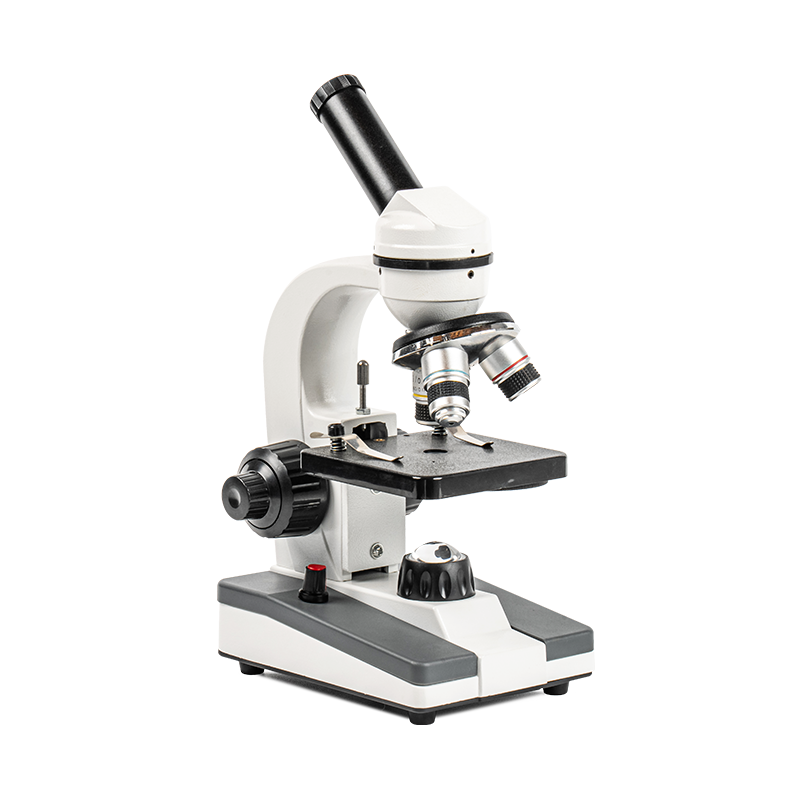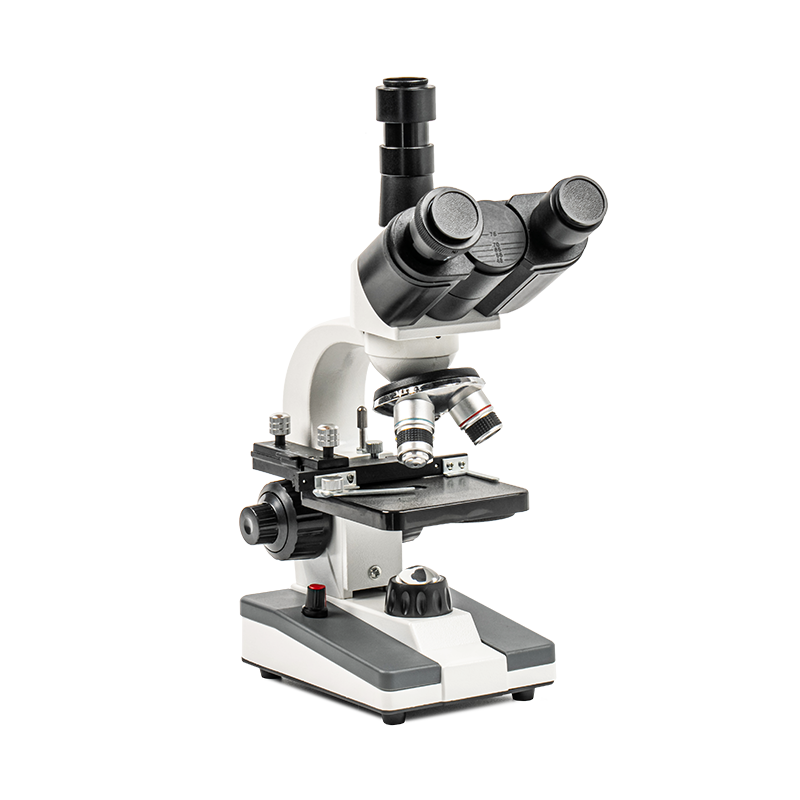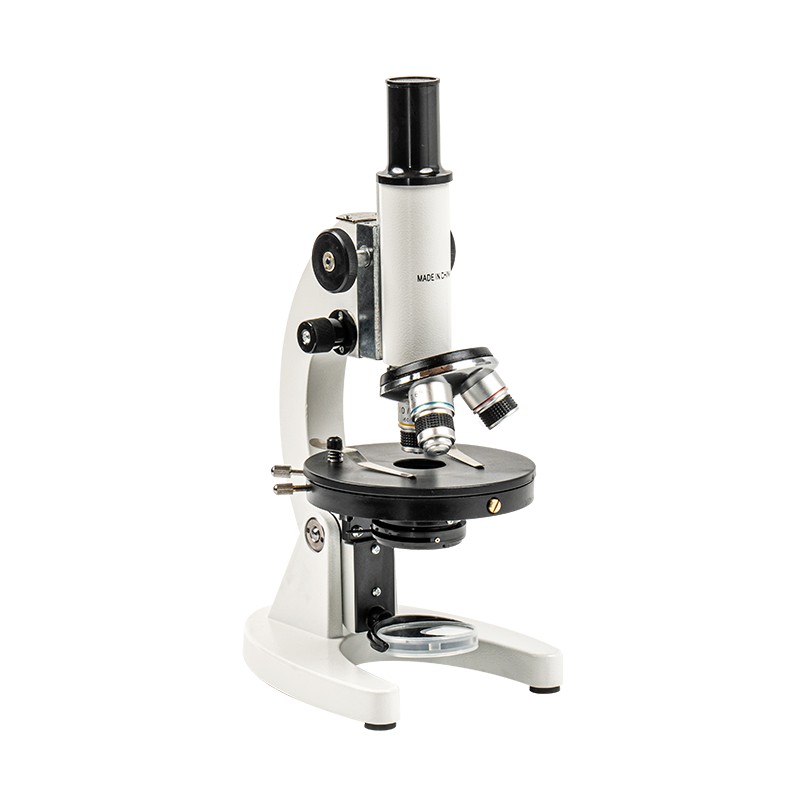In the vast sky of modern scientific research, the trinocular microscope is undoubtedly a shining star, opening a window to the microscopic world for researchers with its unique trinocular design. This microscope is not just an observation tool but also a crucial bridge for exploring microscopic mysteries and revealing the essence of life.
The trinocular microscope is highly acclaimed primarily due to its unique trinocular design. This design surpasses the limitations of traditional microscopes with a single observation port, greatly expanding the observation capabilities. The ingenuity of the trinocular design lies in its seamless integration of three functions: eyepiece observation, photography, and video recording, enabling multidimensional and multimodal exploration of the microscopic world.
Through the eyepiece in the middle of the trinocular microscope, researchers can observe the microstructure of samples in real-time, experiencing the wonders and beauty of the microscopic world. This direct observation not only allows researchers to deeply understand the detailed characteristics of samples but also enables real-time analysis and judgment during experiments. Eyepiece observation is the most direct and common application of the trinocular microscope, providing researchers with an intuitive and authentic observation experience.
In addition to eyepiece observation, the trinocular microscope also connects to photography and video devices through two additional observation ports. This allows researchers to record the observed microscopic world while examining samples. Photography captures the static features of samples, providing detailed image data for researchers; whereas video recording captures the dynamic changes of samples, offering more comprehensive experimental data.
The design of the trinocular microscope also provides researchers with more operational flexibility. During experiments, researchers may need to adjust the light source, change filters, or replace samples frequently. The trinocular design of the microscope makes these operations more convenient. Researchers do not need to frequently change microscopes or adjust observation equipment; they can simply perform simple operations at the appropriate position of the trinocular microscope to easily complete tasks.

 English
English Español
Español عربى
عربى 中文简体
中文简体